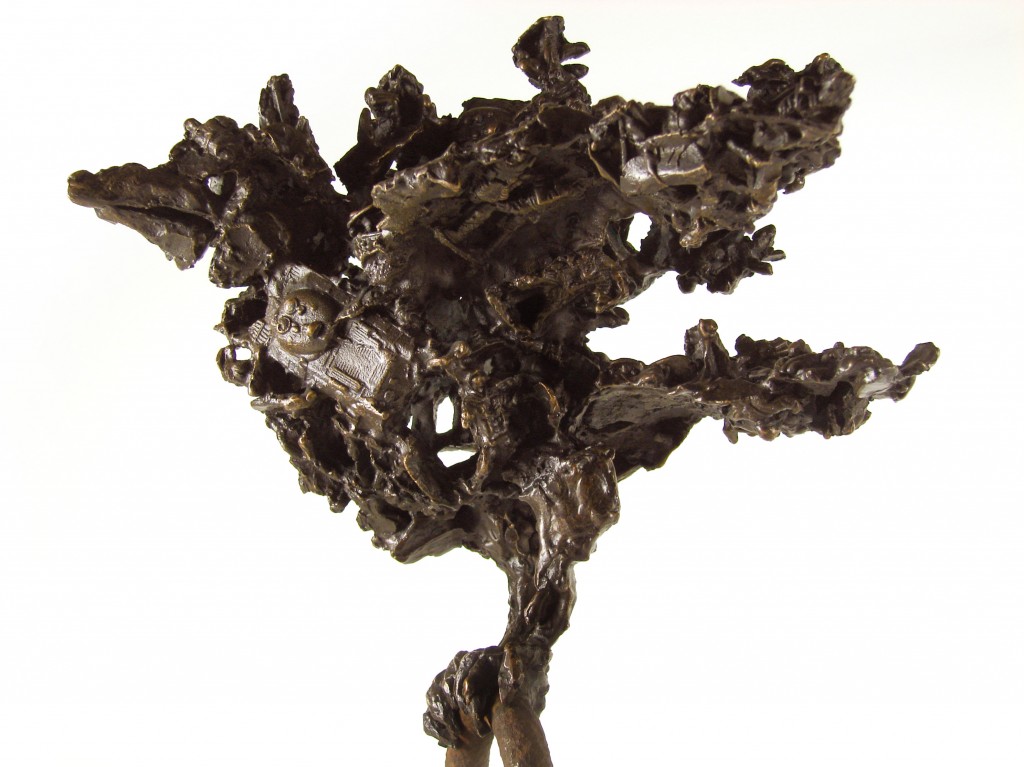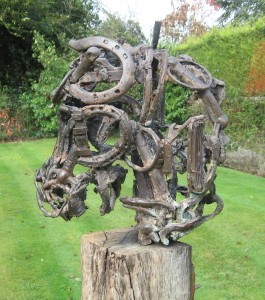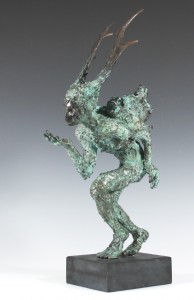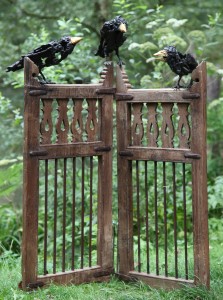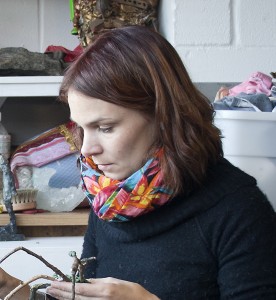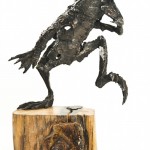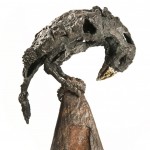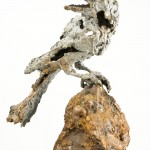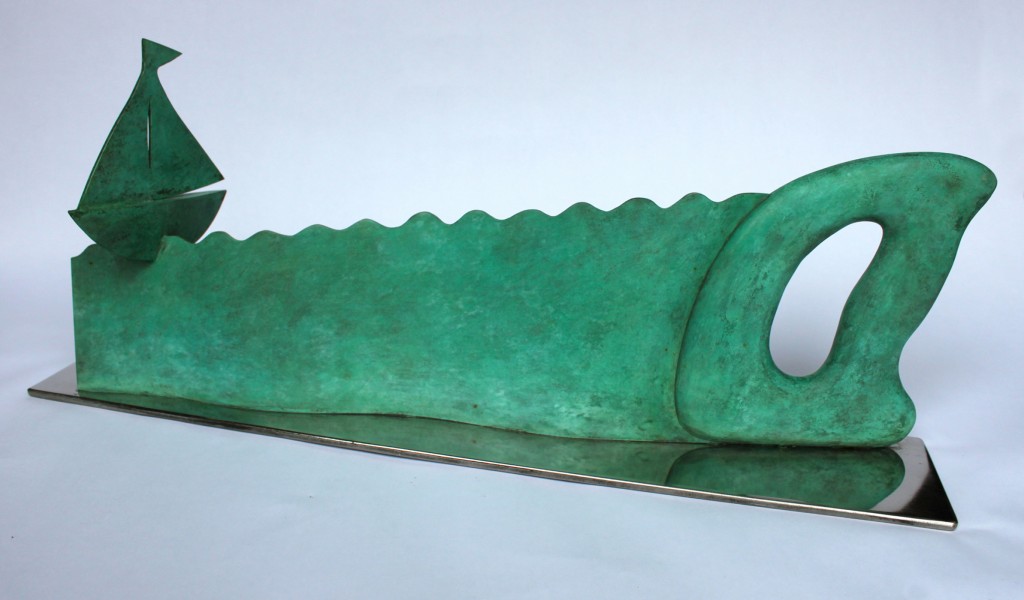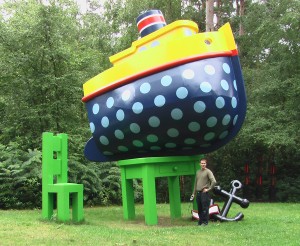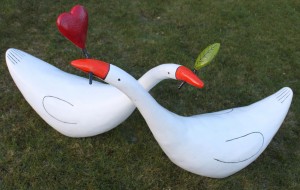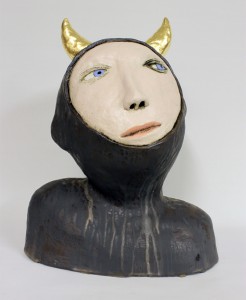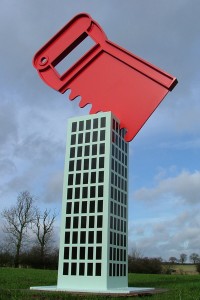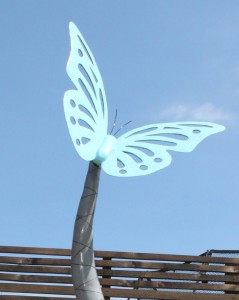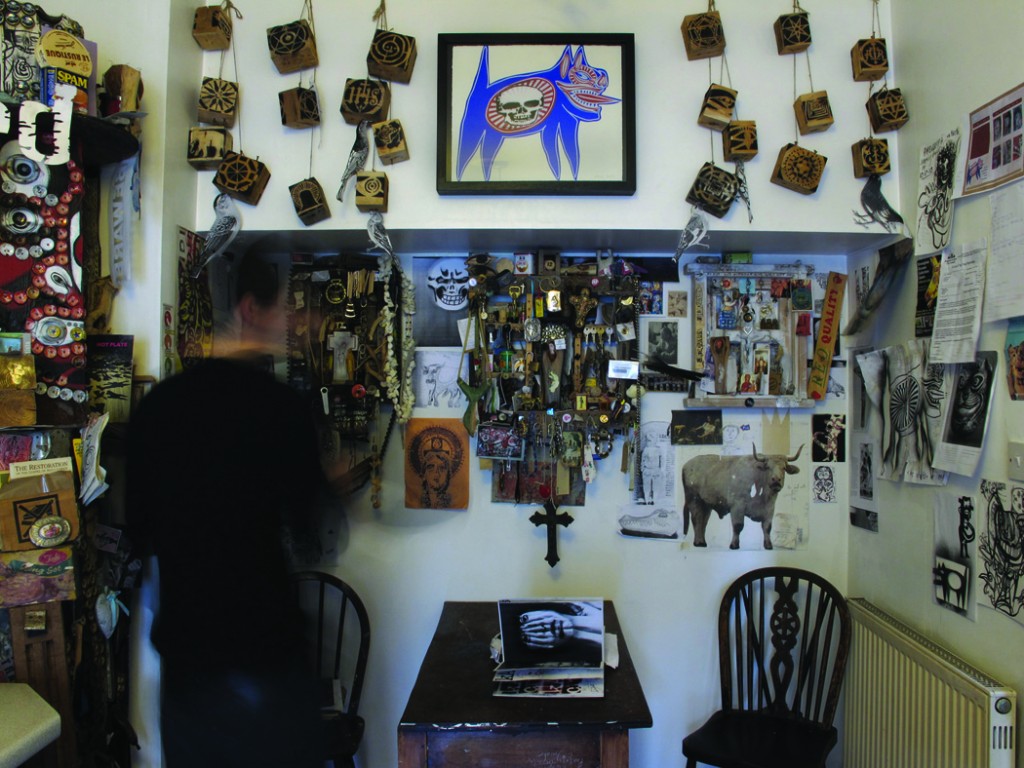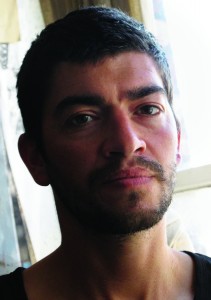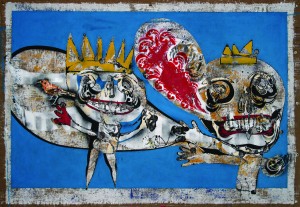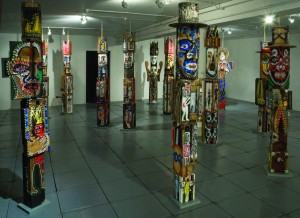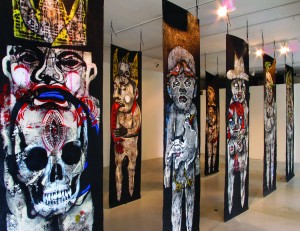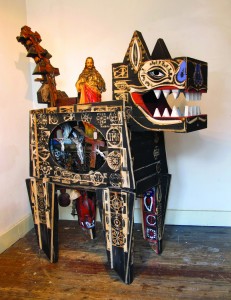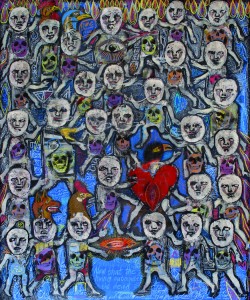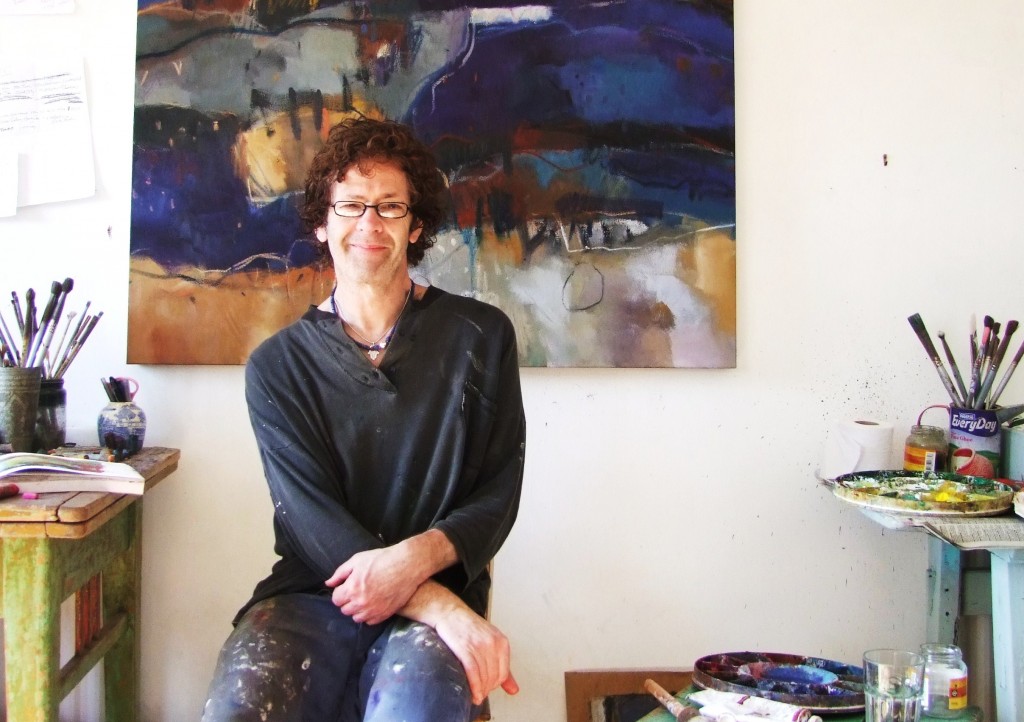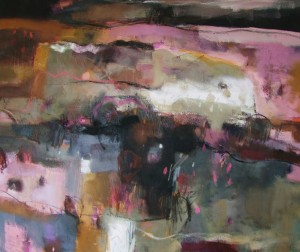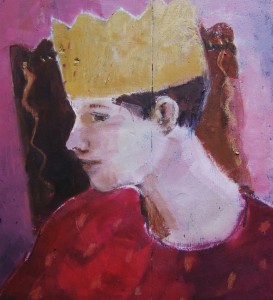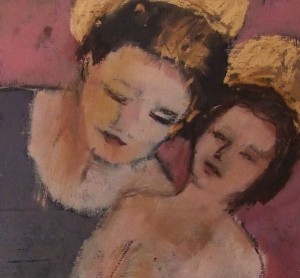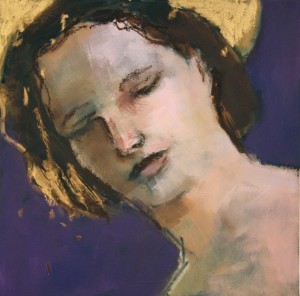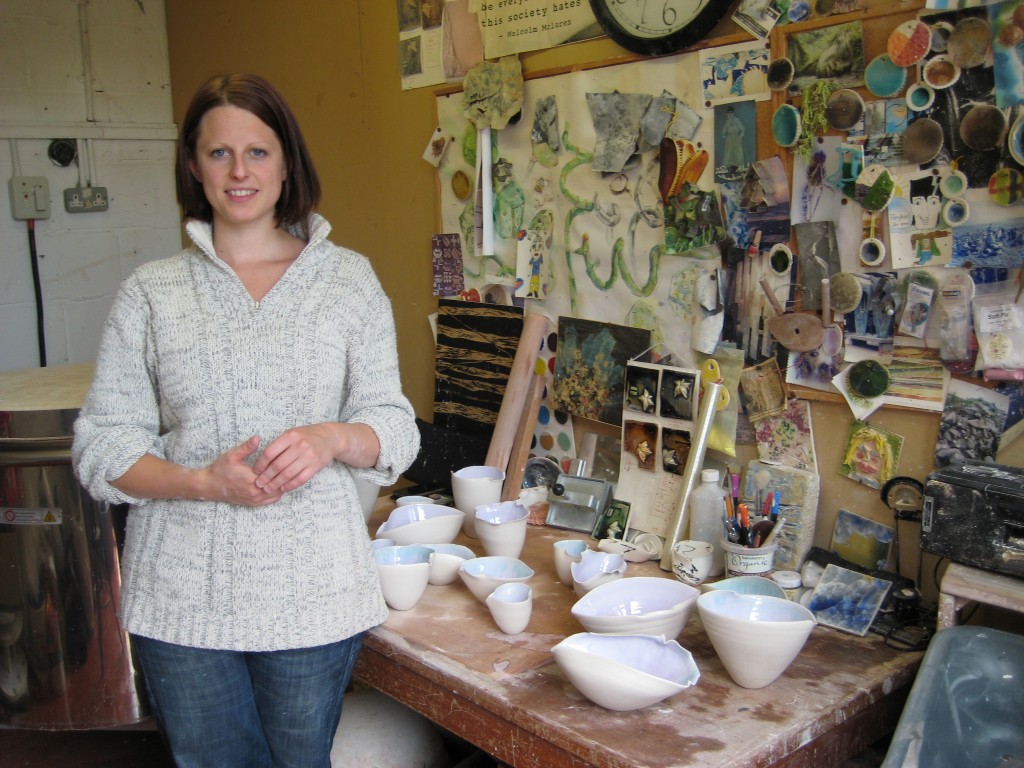
Claire Palastanga is a ceramicist based in Tunbridge Wells, her sculptural non-functional vessels and forms are based on the miracles of nature. Her work is strikingly beautiful and merges the boundary between craft and art. Nicholas Toovey tells us more
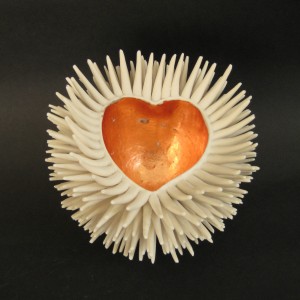
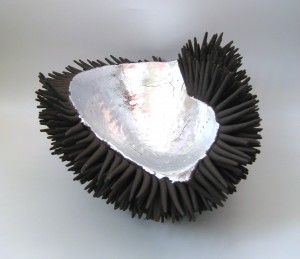
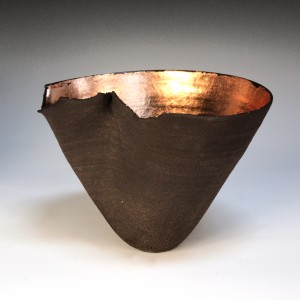
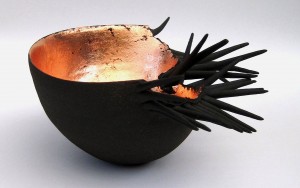
Claire grew up on the outskirts of Tunbridge Wells and since her teens always wanted to pursue a career involving the arts. Her initial thoughts leaned towards a career in interior design. After a visit to the department at the Rochester Campus of Kent Institute of Art and Design, she was somewhat disappointed to find the department very clean and tidy with neat desks and drawing boards. Fortunately for her, she had walked through the ceramics department. Here she saw people with clay-splattered aprons and an inherent dust in the air an environment much more akin to her character. With no experience of working in clay she launched into a ceramics degree obtaining a first-class honours degree. Claire has not looked back on this bold and brave decision ever since. 2011 was a particularly good year for the ceramicist as she was awarded the Niki Calcutt Bursary for the South East Open Studios and won joint best 3-D/Sculptural Work at the Pure Art Fair in Battle.
For many, her subtle yet eye-catching work is reminiscent of sea urchins. However, these ceramic sculptures were inspired by horse chestnuts and conker shells. ‘I love the mass of vicious spikes contrasting against the soft velvety interior’ says Claire, who continues ‘I also love the fact that these are never really seen as precious and are just discarded by roadsides – to me they are like treasure’. These delicate forms are made from porcelain or black stoneware clay with each spike painstakingly hand rolled before being applied to the body. It is then fired with the main body often left unglazed showing the matt surfaces of the clay. This is juxtaposed with the silver and gold leaf interiors reflecting her natural inspiration.
Does Kent inspire her? Definitely, she feels lucky to live in such a beautiful area surrounded by fantastic countryside, particularly in Broadwater Down Woods, where she rides her horse, Jigsaw. She is also inspired whilst working at her allotment in Leigh. Whilst these inspirations may not directly transfer onto her sculptural forms, it assimilates and exudes through it. Her work that is unadorned with spikes offers a more tangible link to her surrounding landscape once she has thrown and distorted the porcelain or clay into its final form.
Her work is stocked by numerous galleries and can next be seen alongside the work of printmaker Letitia Tunstall at the South East Open Studios in the first three weekends in June, between 11am and 6pm at the Red House, Trottiscliffe near West Malling. On the 6th and 7th July her work will be at ‘Art in Clay’ at Hatfield House in Hertfordshire. Her work can also be seen at Horsham Museum & Art Gallery between the 1st June and 7th July in a group exhibition with 49 other artists in the preview exhibition of Toovey’s Contemporary Art Auction where all the works on show will be offered for sale at their Sussex Salerooms on the 21st July.
For more visit http://www.clairepalastanga.com
Nicholas’ article was intended for publication in June 2012.
